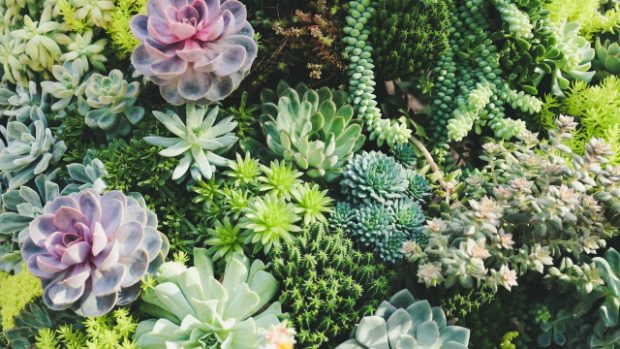Succulents have gained immense popularity in recent years, and it’s no wonder why. These hardy plants come in a stunning array of shapes, sizes, and colors, making them perfect for both novice and experienced gardeners. While the common Echeverias and Aloe Veras are beloved staples, there’s a whole world of rare and unusual succulent varieties waiting to be discovered. In this article, we embark on a botanical adventure to unearth these hidden gems, exploring the captivating world of unique succulent species that are sure to leave you awe-inspired.
Living Stones
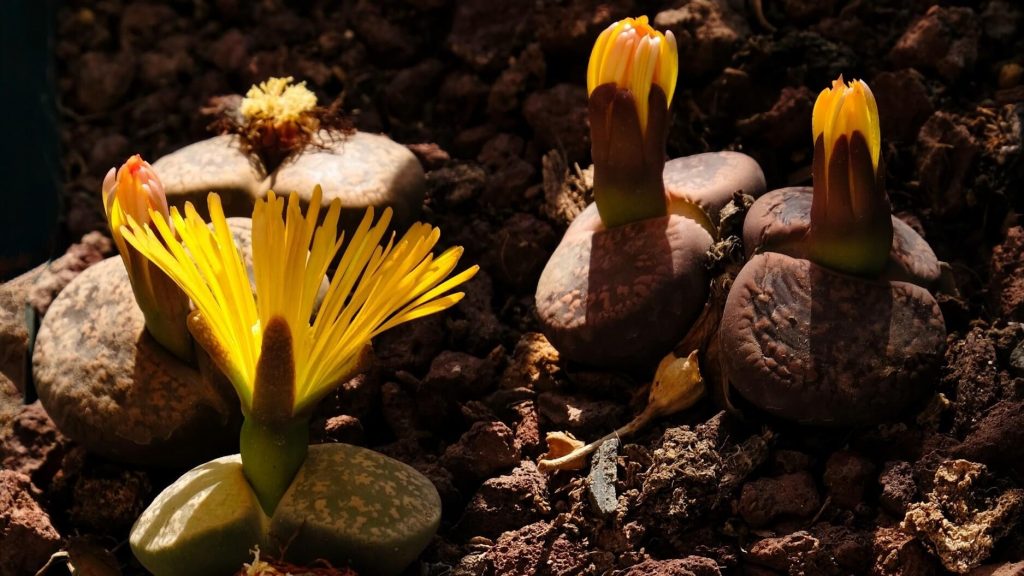
The Lithops, often referred to as “living stones,” are a group of succulents that have evolved to mimic the appearance of rocks. Native to South Africa, these little marvels have adapted to survive in harsh, arid environments by blending seamlessly with their surroundings. Their small, rounded bodies are divided into two fleshy leaves, which appear like stones with intricate patterns and textures. Lithops come in various colors, from earthy browns to vibrant greens, and they bloom with daisy-like flowers in the fall.
These unique succulent varieties are a must-have for collectors and enthusiasts. Their extraordinary camouflage and distinctive appearance make them true hidden gems in the world of succulents.
Haworthia Cooperi
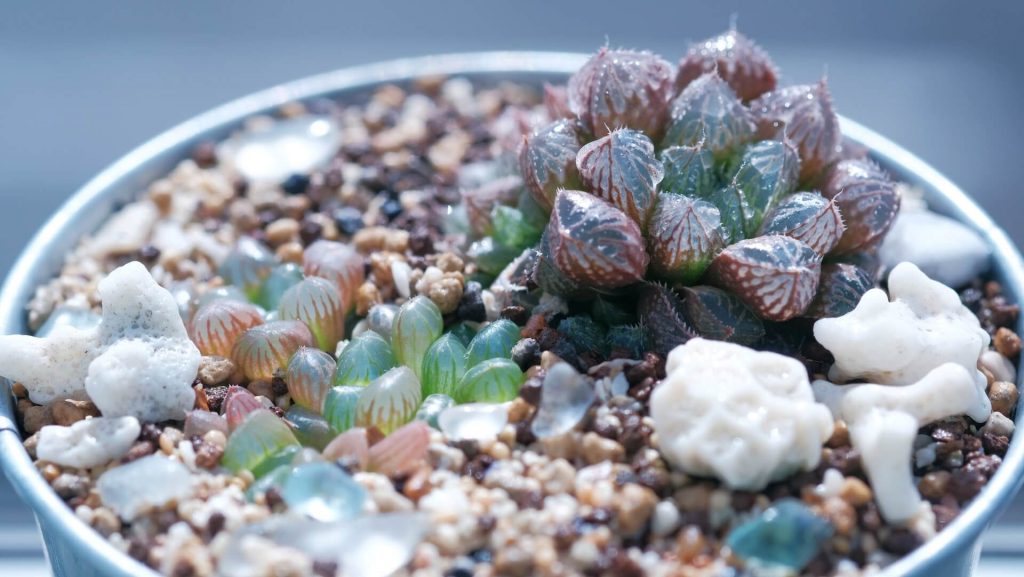
Haworthia Cooperi, often dubbed the “window plant” or “star cactus,” hails from the Eastern Cape of South Africa. What sets this succulent apart are its translucent, jelly-like leaves that almost appear extraterrestrial. These leaves have evolved to allow light to penetrate deep into the plant, making it look like a miniature, otherworldly greenhouse.
Haworthia Cooperi is an excellent choice for those looking to add an element of mystique to their succulent collection. It’s not only visually striking but also relatively easy to care for, making it an ideal addition for both beginners and seasoned gardeners.
String of Pearls
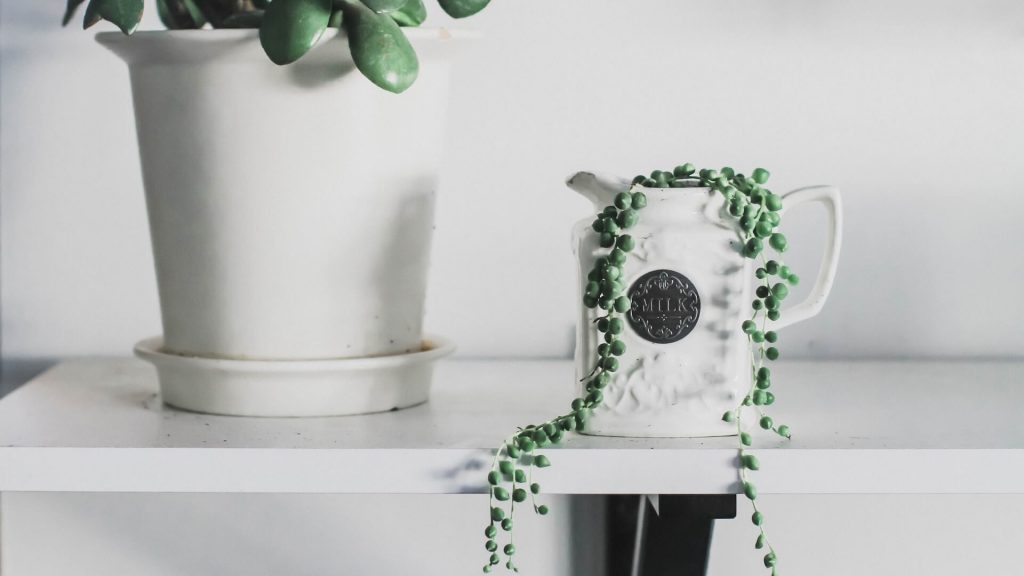
Senecio Rowleyanus, commonly known as the “string of pearls,” is a trailing succulent that never fails to capture attention. Native to South Africa, this unique succulent features long, trailing stems adorned with round, bead-like leaves that resemble a string of pearls. When the plant matures, it produces small, fragrant white flowers that add to its allure.
String of pearls is a favorite among succulent enthusiasts for its trailing and cascading growth habit, making it an excellent choice for hanging baskets or as ground cover. Its distinctive appearance is indeed a hidden gem in the succulent world.
Lavender Pebbles
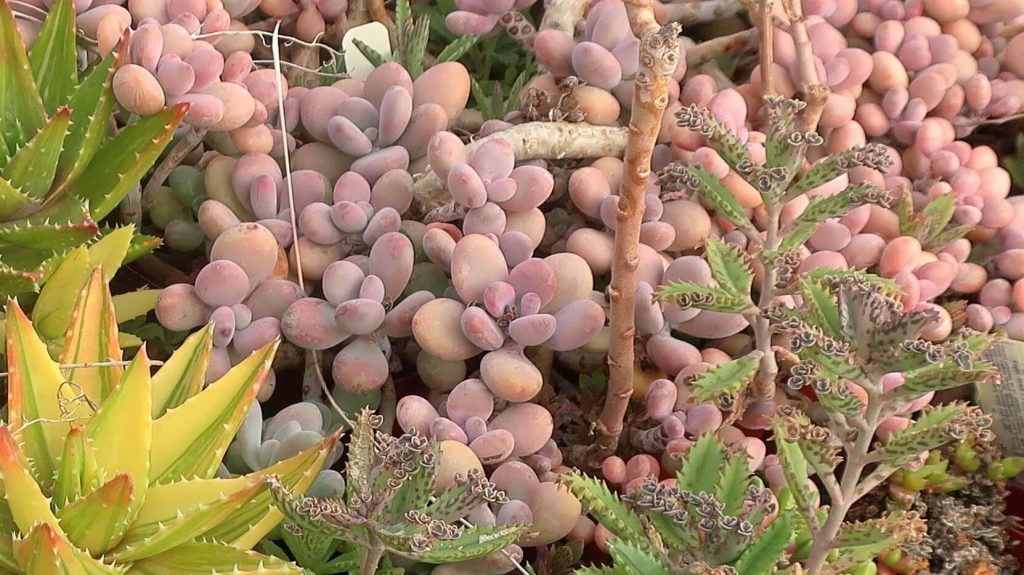
Graptopetalum amethystinum, also known as “lavender pebbles,” is a unique succulent variety celebrated for its stunning colors. This succulent features rosettes of fleshy, lavender-tinted leaves that gracefully curve outward. When exposed to bright sunlight, the lavender hue intensifies, creating a striking visual display.
Lavender pebbles are a testament to the kaleidoscope of colors that succulents can offer. Their ethereal appearance adds a touch of elegance to any succulent garden, and their unique coloring makes them a hidden gem that deserves the spotlight.
Tiger Jaws
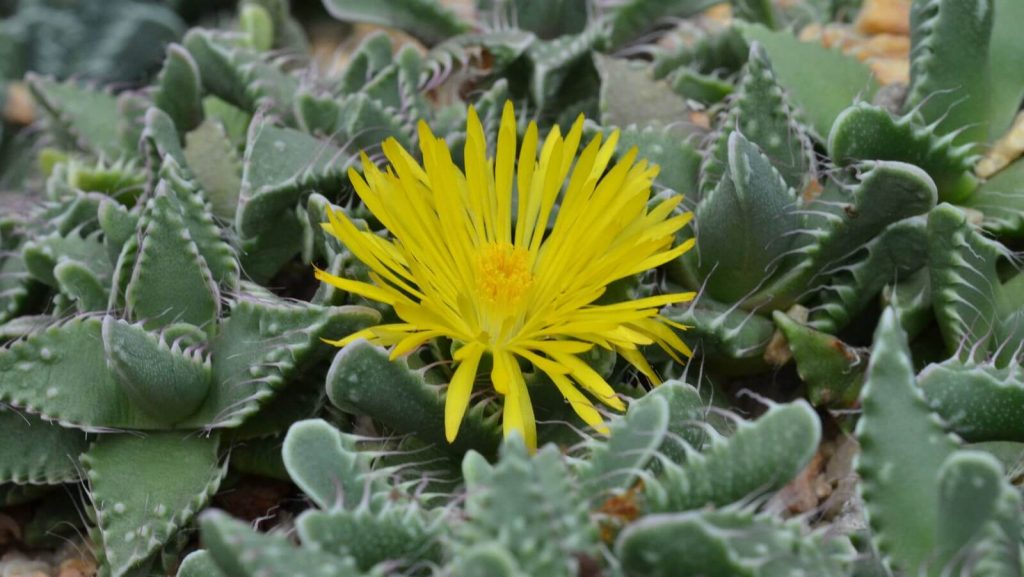
Faucaria tigrina, also known as “tiger jaws,” is a peculiar succulent with leaves that resemble a set of sharp-toothed jaws. Native to South Africa, this plant’s unique adaptation is both a defensive mechanism and a visual spectacle. When it blooms, it produces vibrant, daisy-like yellow flowers that contrast beautifully with its green, toothed leaves.
Tiger jaws are a conversation starter in any succulent collection. Their alien-like appearance and intriguing growth pattern make them a hidden gem that commands attention.
Fenestraria Rhopalophylla
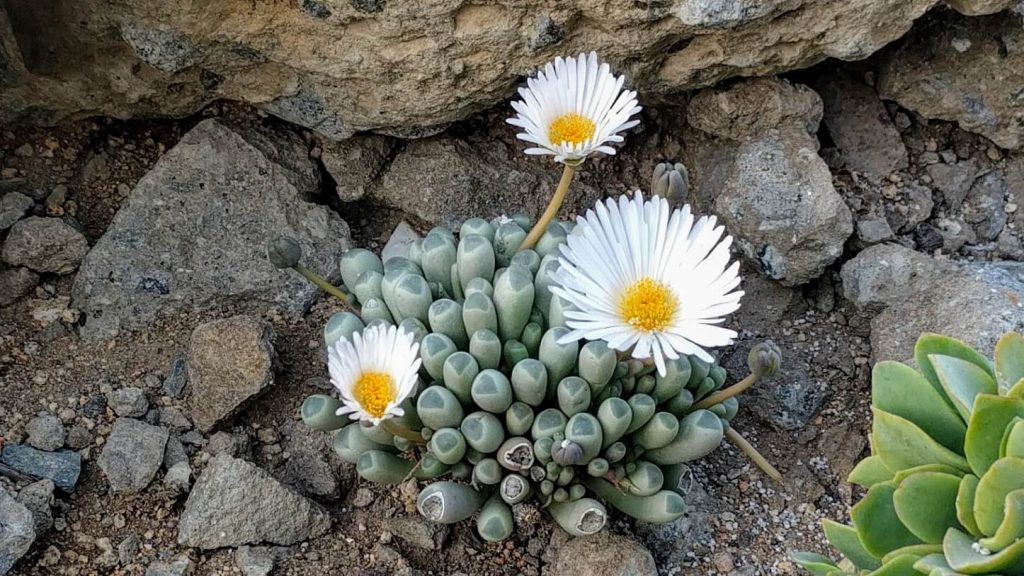
Fenestraria Rhopalophylla, commonly known as “baby toes,” is a succulent that boasts peculiar, fenestrated (window-like) tips on its leaves. Native to South Africa, this charming succulent looks like a miniature version of something larger. Its tiny, windowed leaves allow light to penetrate deeply, enabling it to thrive in arid environments.
Baby toes are a conversation starter in any succulent collection. Their unique growth pattern and charming appearance make them a hidden gem that adds a touch of fascination to your garden.
Conclusion
The world of succulents is far more diverse and enchanting than the common varieties found in most gardens. Exploring rare and unusual succulent varieties can be a rewarding journey for plant enthusiasts and collectors alike. From the camouflaged Lithops to the ethereal Graptopetalum amethystinum and the intriguing Baby Toes, these hidden gems add a touch of wonder and intrigue to any succulent collection. As you delve deeper into the world of unique succulents, you’ll discover that these plants are not just decorations but living artworks that showcase the boundless creativity of nature. So, if you’re looking to elevate your gardening experience, consider seeking out these rare and captivating succulent varieties to make your collection truly exceptional.
